Designing with Recycled Metals: Beauty Forged from Second Lives
Build relationships with demolition crews, municipal recyclers, and metal yards. Ask for offcuts, odd lots, and obsolete fixtures. Photograph finds in their original environments. Document dates, locations, and former uses. Later, that provenance enriches your storytelling and helps audiences emotionally connect with the object’s second life.
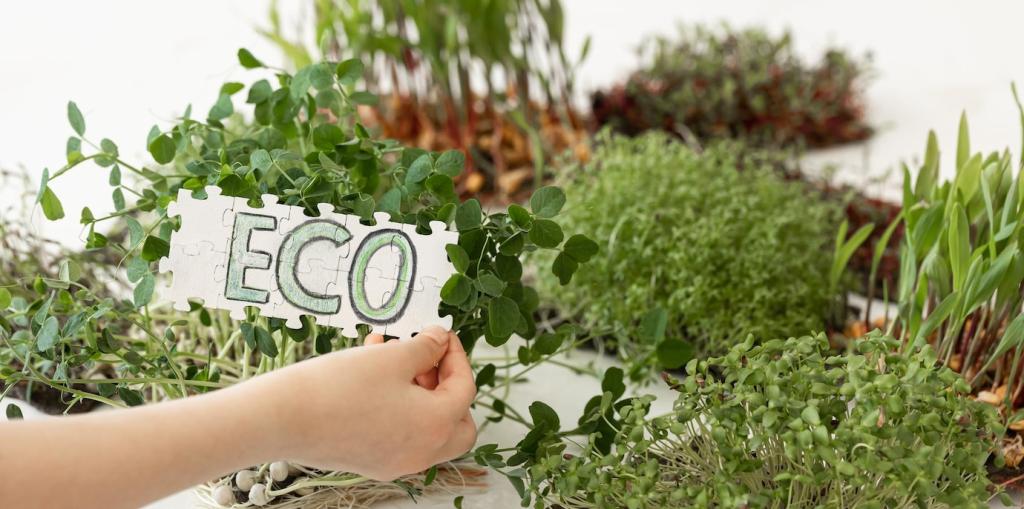
Techniques Tailored to Recycled Alloys
Sorting and Testing Alloys
Use magnet tests, spark testing, density checks, and simple acid swabs to identify unknown stock. Mark pieces clearly as you sort. Keep a swatch library of cutoffs with notes about weldability, hardness, and finish behavior. Share your labeling systems and testing rituals to help beginners avoid frustrating, expensive mistakes.
Cold Connections over Solder
When soldering risks contaminating unknown alloys, switch to rivets, tabs, micro-bolts, clamps, and interlocking folds. Cold connections reduce heat, preserve patina, and simplify disassembly for future repairs. Post your favorite joint diagrams and photos, and tell us which techniques survived stress testing and rough daily use the longest.
Texturing and Patination
Lean into the metal’s history with hammer peening, rolling textures, and found-surface embossing. Experiment with low-tox patinas, controlled rust, or sealed verdigris. Always test on scraps first. Share before-and-after shots and your sealing formulas, so readers can recreate repeatable finishes without sacrificing durability or indoor air quality.
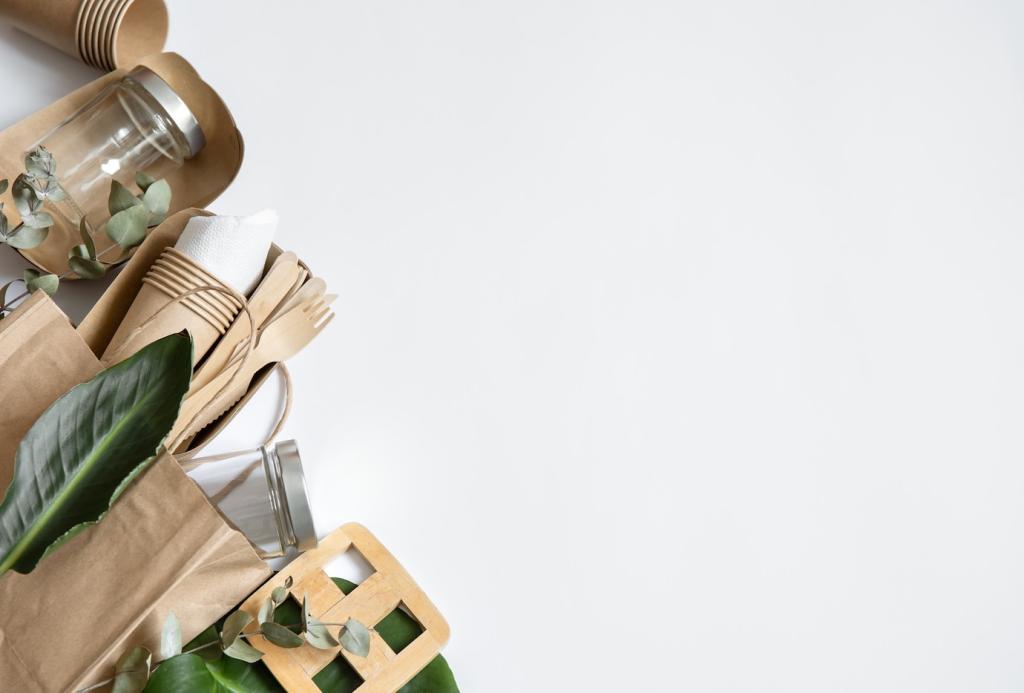
Design Language and Aesthetics
Embrace asymmetry, weathering, and graceful repair. Let dovetailed patches, brass stitches, and visible rivets serve as ornamental honesty. Contrast satin planes with deliberate scars. Post your examples where patina guides form, and help peers distinguish between thoughtful imperfection and careless execution that weakens structure or confuses the narrative.
Pair tight geometries with softened edges, felted pads, or oiled wood accents. Keep hardware spare but expressive, letting a single oversized rivet become a focal point. Share your lighting tests, because recycled surfaces behave dramatically under warm temperatures, revealing depth, scratches, and tone shifts that cold light can flatten.
Integrate tiny plates stamped with origin coordinates, salvage dates, or micro-stories about former lives. Hide them beneath hinges or celebrate them on visible faces. Encourage clients to scan a QR for photos of the material’s past. Tell us how buyers react when the object itself becomes a documented biography.
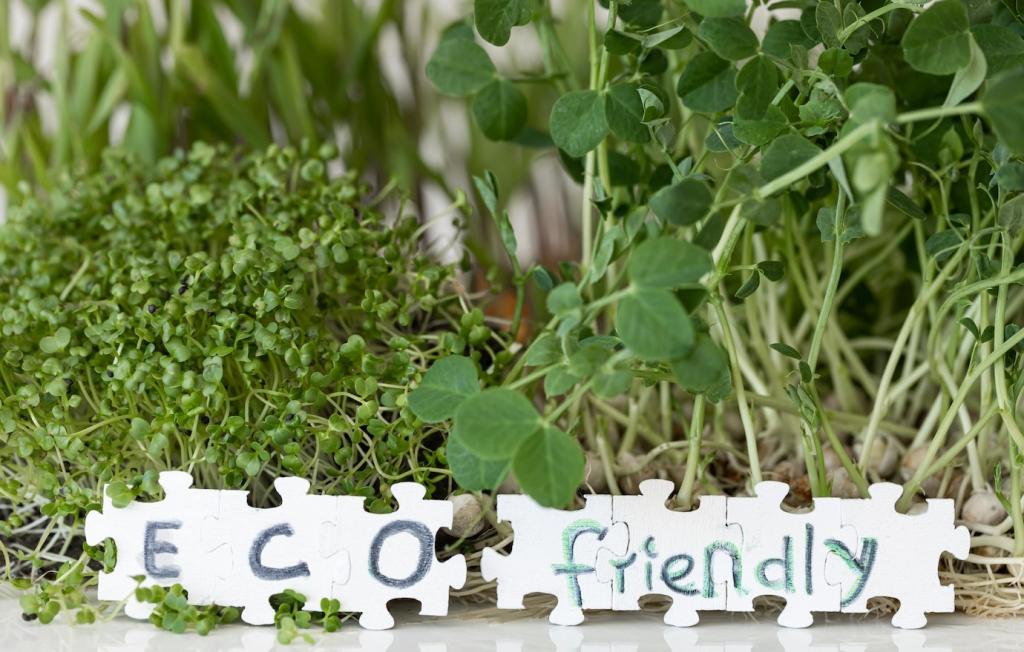
Tools, Safety, and Setup for Sustainable Workflows
01
Ventilation and Dust Management
Install local extraction near grinding stations, use HEPA vacuums, and wet-sand when possible. Replace filters regularly and log maintenance. Share decibel readings and airflow targets that worked for you. A culture of measurement helps newcomers build healthier studios that encourage long, creative careers rather than short, hazardous sprints.
02
Tooling for Tough Stock
Recycled metals can be work-hardened or unexpectedly alloyed. Keep cobalt drill bits, fresh abrasives, and cutting fluid nearby. Pilot holes save tears. Record feed rates and blade life in a notebook. Tell us which brands survived mystery steel, so we can collectively reduce waste and protect our wrists, patience, and budgets.
03
Waste Streams as Design Inputs
Create bins for micro-offcuts, rivetable scraps, and experimental texture coupons. Schedule monthly ‘bin challenges’ where constraints spark concepts. Publish results and invite readers to vote on keepers. Treat waste sorting like color theory—understand the palette available, and compositions become more inventive, coherent, and materially honest over time.
Business and Community
Telling Authentic Provenance Stories
Photograph materials at discovery, during transformation, and in final form. Keep captions specific, not vague. Avoid greenwash; share limits and trade-offs honestly. Invite readers to subscribe for narrative templates and case studies, and tell us how storytelling improved client understanding, pricing conversations, and genuine appreciation for recycled craftsmanship.
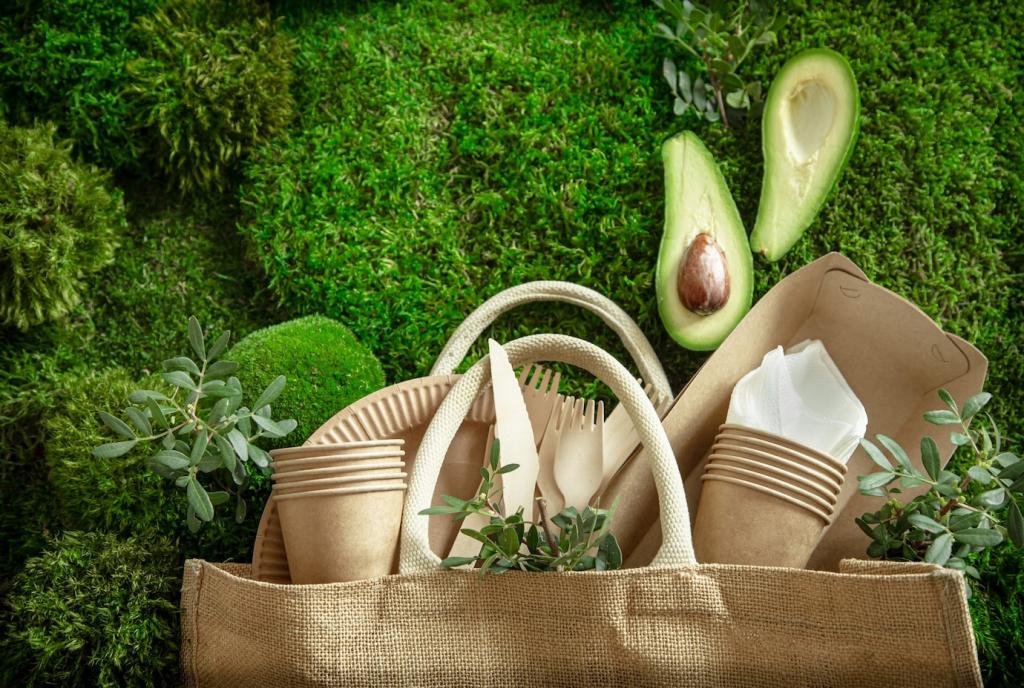
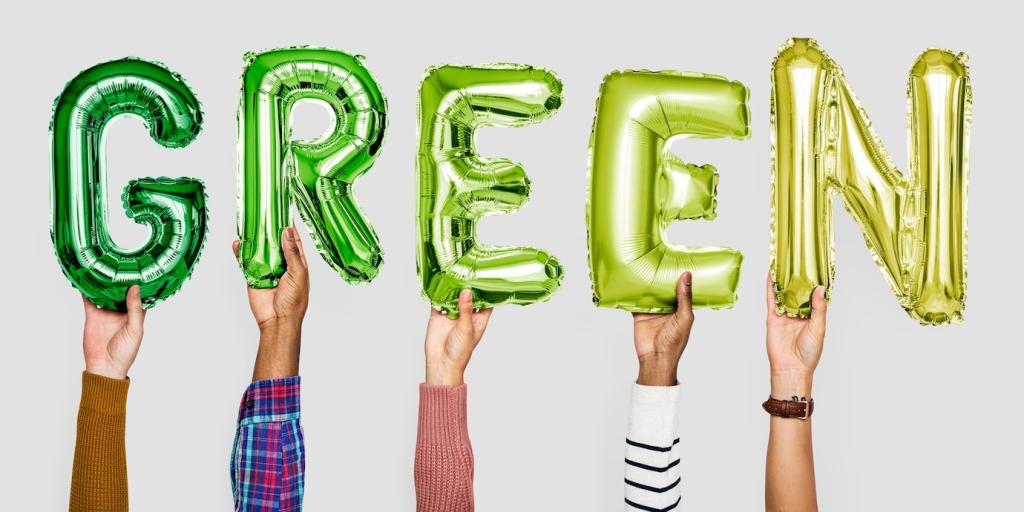
Collaborating with Local Recyclers
Offer design sketches for hard-to-move stock and propose value-sharing. Host open studio days with yard partners. Publish a simple materials wishlist so suppliers can call you first. Comment with your best partnership wins and contact tips, helping others turn inconsistent supply into reliable, mutually beneficial creative pipelines.
Iterative Mockups with Cheap Stock
Rough in joints using mild steel or inexpensive aluminum to verify clearances before touching precious reclaimed parts. Spray-paint trial pieces to simulate patina. Share your iteration counts, what surprised you, and which mockups uncovered conflicts between aesthetics, ergonomics, or assembly sequences hidden in flat drawings.
Mechanical Testing on a Budget
Use lever arms, sandbags, and dial indicators to measure deflection and creep. Document failure modes with photos and short notes. Publish your safety factors, and ask readers to compare theirs. Together, we can normalize empirical testing so recycled designs feel courageous, not reckless, in daily, demanding real-world use.
Documenting Failures as Teaching Material
Create a ‘museum of mistakes’ wall with labeled fragments, broken rivets, and warped plates. Record what went wrong, the fix, and prevention tips. Invite subscribers to submit their own artifacts. Normalizing failure transforms embarrassment into shared wisdom, accelerating progress for everyone working with recycled metals.
